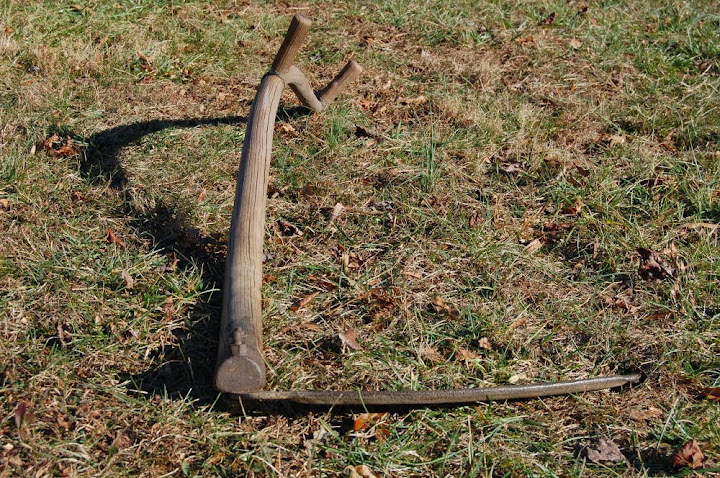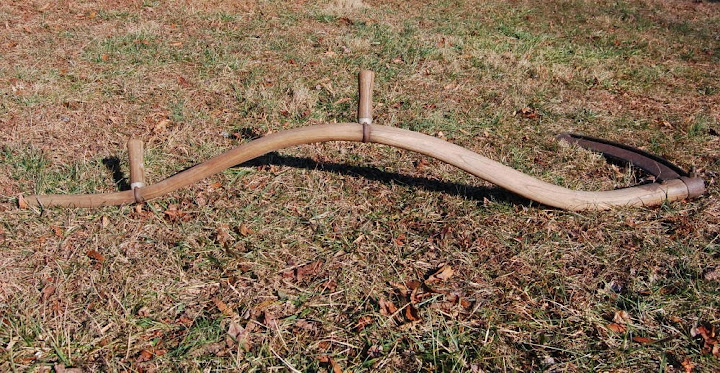- Joined
- Dec 29, 2013
- Messages
- 17
Well I guess I can post pics now, I made it through all 47 pages. 





The BladeForums.com 2024 Traditional Knife is available! Price is $250 ea (shipped within CONUS).
Order here: https://www.bladeforums.com/help/2024-traditional/
Should work fine! Just obviously remove the collar before doing the welding. You'll possibly need to squeeze that crack closed in a vise, as the gap may be widened from strain under use.
I understand what you mean by the "machete on a stick" comment, but I'd gently urge you to avoid using the term since it would inspire folks to "golf club" their strokes and try chopping or hacking with the tool instead of the shearing slice that should still be used with a bush blade. I like to outright tell folks that a good scythe makes a poor machete! It's chops and hacks that probably cracked the collar in the first place!

I dont know if this has surfaced here. Its about introducing scythes to Nepal. http://www.youtube.com/watch?v=6kgblvM26DM#t=33
Id read about scythe cradles. Turns out what I had imagined was entirely wrong. The real thing works better than what I had pictured.
